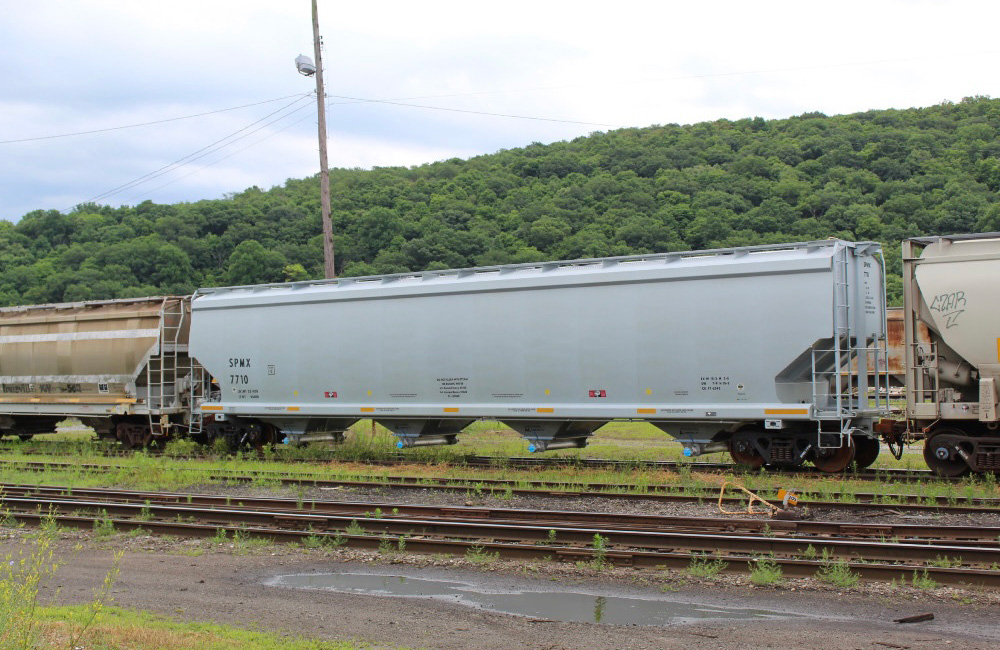
Q: What are the gray SPMX covered hoppers for? I see them everywhere, but never moving. – Carol Schuler A: SPMX is a relatively new reporting mark – so new that it doesn’t show up yet on many of the websites I use for reference. But that reporting mark belongs to Shell Polymers. That’s a […]
Read More…

Five tips for blending backgrounds: While scenery at the outside edge of a layout may pose some difficulties (see my story “Scenery on the edge” in Model Railroad Planning 2017), the back of the layout also has its challenges. The abrupt change in the model scene from horizontal to vertical at the backdrop demands we do […]
Read More…
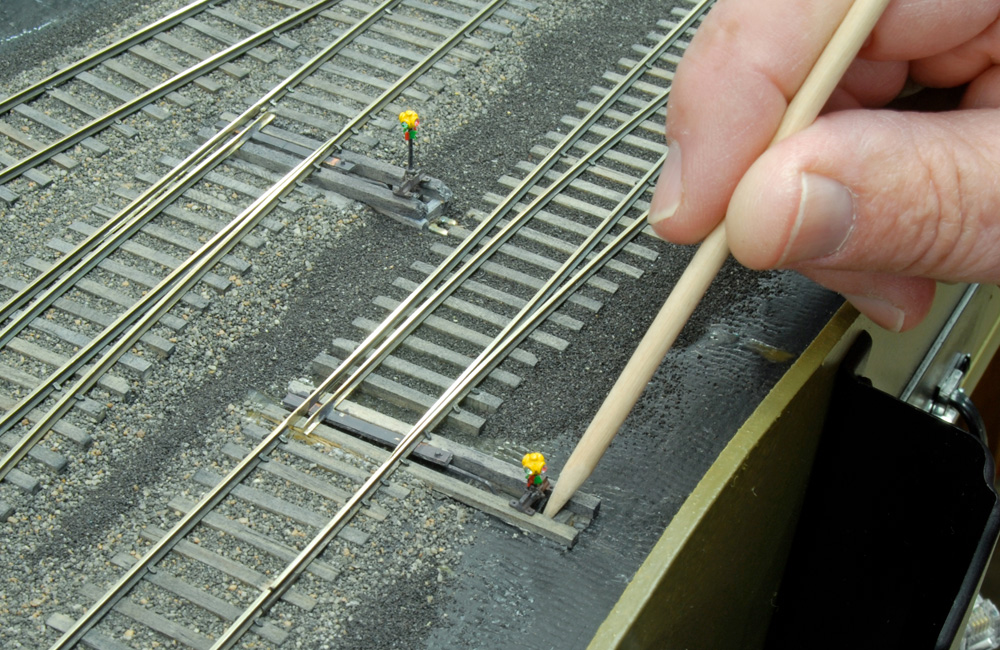
Q: I want to use Tony Koester’s method to control a turnout with a slide switch. Do you know if he powers the frog with this switch or just moves the points? If he powers the frog, how is it wired? – Don DeLay A: The technique to control a turnout with a slide switch […]
Read More…

From simple elevated loops to railroading empires through a floral oasis, consider these permanent large-scale displays and garden railroads you can visit: Both across the United States and around the world. Please note that the status of any location can change, which is why it’s recommended to contact prior to a planned visit. If you […]
Read More…
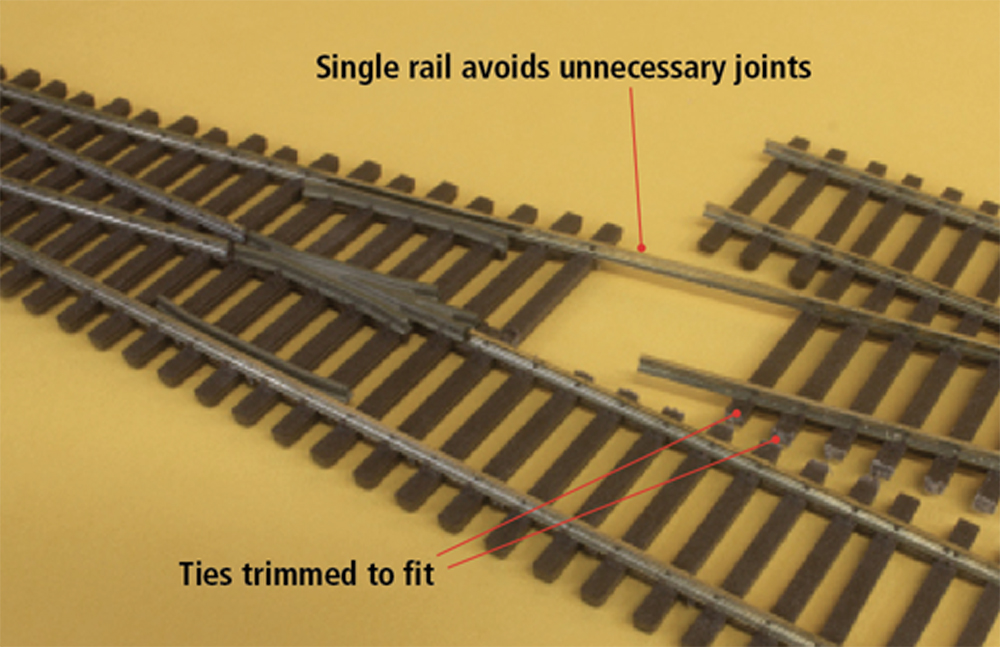
Five tips for trouble-free turnouts: Since turnouts play a prominent role on model railroads, they deserve attention before and after installation, as well as during routine maintenance. Taking the time to ensure turnouts perform well will guarantee more reliable, and therefore more enjoyable, operation. Though all commercial turnouts meet National Model Railroad Association (NMRA) standards, […]
Read More…

Acrylic paints for airbrushing While there are many different areas of the model railroading hobby that we can all explore, one common theme involved in almost all of these areas is paint. Whether you are painting entire backdrops, buildings, vehicles, or even figures, paint is a product that is necessary for model railroading. If you’re […]
Read More…
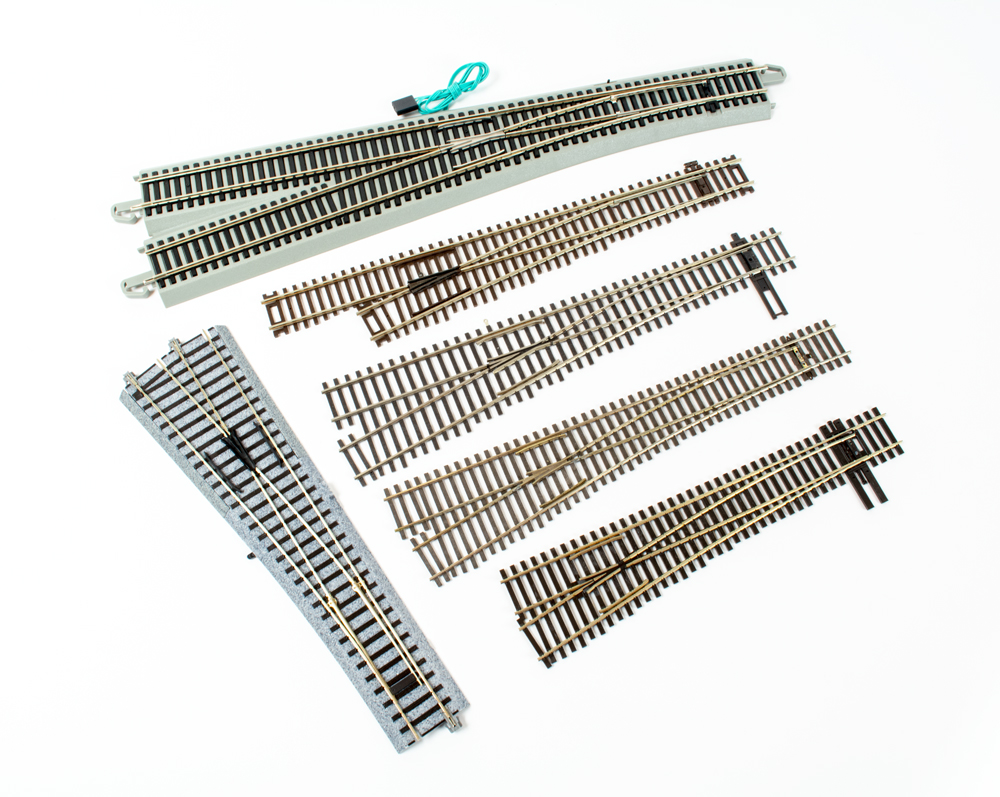
HO scale number 6 turnouts HO scale number 6 turnouts. Running trains in a circle or oval may hold your attention for a little bit, but eventually you’ll want your trains to go somewhere beyond that basic loop. That’s where turnouts enter the scene. Turnouts let you split one line into two, design yards, model […]
Read More…
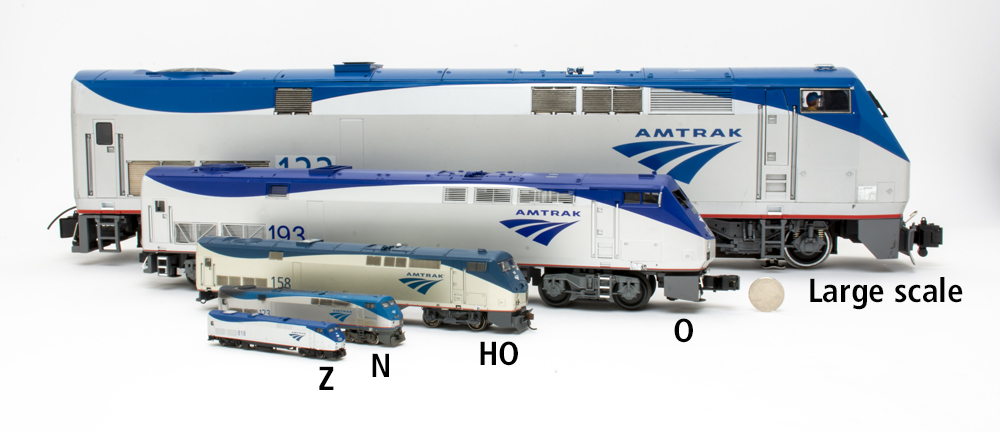
Q: I want to get back into model railroading, but I’m stuck on choosing a modeling scale. I don’t know whether to go with HO or N. Please give me the pros and cons of each. – John Sala A: Choosing a modeling scale is one of the most consequential decisions a modeler faces, right […]
Read More…
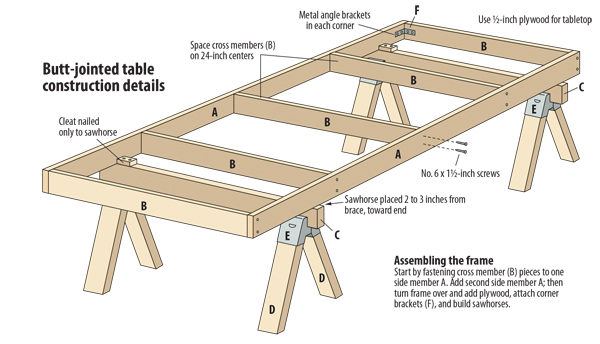
Giving your trains a permanent home starts with building a train table. Here are two popular construction types: butt-jointed and L-girder. We’ll show you how to build a simple 4 x 8-foot train table using both techniques. Modelers have been using these method since the early years of the hobby. In fact, the information and […]
Read More…

Q: On page 45 of the Nov. 2022 issue, a swing gate is shown as part of Mark Carlson’s Chicago & North Western layout. It looks like a marvelous way of avoiding duckunders, lift bridges, and other methods of entering an around-the-room layout. Are there any alignment problems or inherent sagging issues of which builders […]
Read More…

Cody answers this question in this video of Ask Trains. Are you looking to learn more about your model railroad, or do you have questions about full-size trains? Send us an email at: AskTrains@trains.com ………………………………… Ask Trains is a regular video feature of Trains.com for magazine subscribers and Trains.com members, where editors answer the questions readers […]
Read More…

Cody answers this question in this video of Ask Trains. Are you looking to learn more about your model railroad, or do you have questions about full-size trains? Send us an email at: AskTrains@trains.com ………………………………… Ask Trains is a regular video feature of Trains.com for magazine subscribers and Trains.com members, where editors answer the questions readers […]
Read More…











